
Thailand’s street food scene is one of the most iconic aspects of its culture, offering an endless variety of flavors, textures, and experiences. Whether you’re a first-time visitor or a seasoned traveler, the street food in Thailand is an essential part of the adventure. From savory snacks to sweet treats, the food on the streets will never disappoint.
Classic Thai Street Food Favorites
One of the most famous Thai dishes is Pad Thai, a stir-fried noodle dish that’s often served with prawns, tofu, and a delicate egg wrap. A must-try place for this dish is Thip Samai in Bangkok, where the Pad Thai is cooked with traditional methods over a charcoal stove, giving it a unique smoky flavor that sets it apart from others. It’s served with a variety of condiments, allowing you to customize the flavor to your liking.
If you’re in the mood for something lighter, Stir-fry Glass Noodles (Pad Woon Sen) is a popular choice in Chinatown. Made with Thai glass noodles, this dish combines a bit of spice and crunch, with a blend of vegetables, hot sauces, and spices, making it a delightful meal for those who love bold flavors.
For a comforting soup, Pork Noodle Soup (Kuay Teow Moo) offers a rich, flavorful broth filled with noodles, minced pork balls, and various cuts of pork like liver and intestine. A sprinkle of chili flakes and fish sauce enhances the taste, making it a beloved option for both locals and visitors.
Sweet Delights to Cool Off
When it comes to cooling off in the heat, Shaved Ice Desserts (Nam Kaeng Sai) are a refreshing option. Typically served with coconut milk and a variety of colorful toppings like beans, fruits, and gummy bears, this dessert provides a sweet and satisfying break from the heat.
Another popular dessert is Banana Pancakes (Roti Gluay), which, although not originally Thai, has become a staple on the streets. This sweet snack consists of a doughy roti filled with bananas and fried until golden brown, then drizzled with sweetened condensed milk or Nutella. It’s perfect as a late-night snack or a breakfast treat.
Savory and Spicy Street Snacks
Jim Jum Hot Pot is another fantastic Thai street food experience. Served with a simple broth and a selection of raw ingredients like pork, mushrooms, vegetables, and glass noodles, diners get to cook their meal right at the table. It’s a social and interactive way to enjoy a meal, popular in markets like the one in Chiang Rai.
For a true taste of southern Thailand, try Southern Dry Curry (Khua Kling). This dish is made by stir-frying minced pork (or beef) with a homemade curry paste made from local herbs and spices. The combination of galangal, lemongrass, turmeric, and chillies creates a bold, addictive flavor that pairs perfectly with rice.
Pork Rinds with Chilli Dip (Kap Moo Nam Prik Noom) is a popular snack in Chiang Mai, where crispy, deep-fried pork rinds are dipped into a spicy green chili sauce. The mix of crunch and heat makes it an irresistible snack that locals and tourists enjoy.
Seafood Specialties
If you’re a seafood lover, Grilled Prawns from Chinatown in Bangkok are a must-try. Fresh and perfectly grilled, they are a quick and delicious snack, best enjoyed with a cold drink as you stroll through the vibrant streets. For something even bolder, Deep Fried Crabs (Poo Kra Toy) are a crunchy, salty treat that locals devour in one bite, giving a perfect Thai twist to a seafood favorite.
Must-Try Northern Dishes
In northern Thailand, Khao Soi is a favorite dish that combines deep-fried egg noodles in a coconut curry broth, served with pickled mustard greens and shallots. This rich and flavorful dish is a true northern Thai delicacy, often accompanied by a small portion of meat like chicken or beef.
Another northern specialty is Sai Ua Sausage, a spicy pork sausage infused with aromatic herbs and curry paste, often eaten with sticky rice. It’s a savory, herby treat that provides a genuine taste of the region’s cuisine.
The Sweet Finish: Rolled Ice Cream
For dessert, Rolled Ice Cream is a new and exciting way to enjoy this sweet treat in Thailand. Made fresh on a chilled plate, the ice cream is mixed with fruits, milk, and sugar, and then rolled into cylindrical shapes. This unique treat has become a trendy street food offering, with flavors like pineapple providing a refreshing finish to a meal.
Conclusion
Thailand’s street food scene offers an unmatched variety of dishes that reflect the country’s rich cultural diversity and love for food. From savory noodle soups to sweet, refreshing desserts, every street corner in Thailand provides an opportunity to taste something new. Whether you’re enjoying a bowl of Kuay Teow Moo, savoring the smoky flavor of Pad Thai, or indulging in a sweet Banana Pancake, the experience of eating street food in Thailand is something you won’t forget.









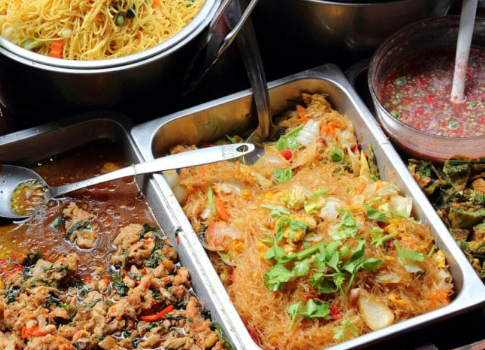
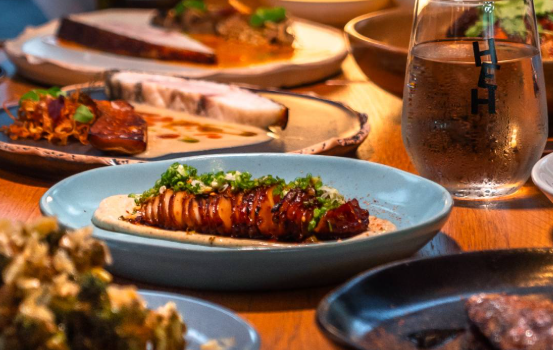

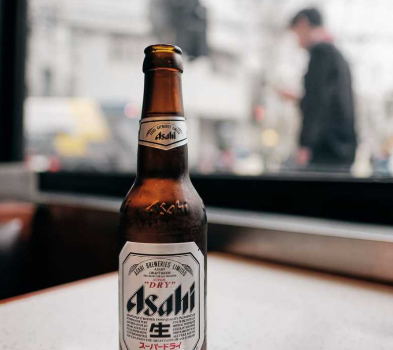
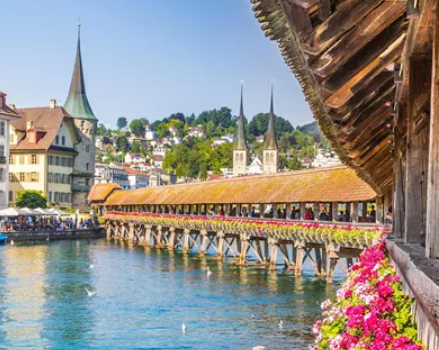
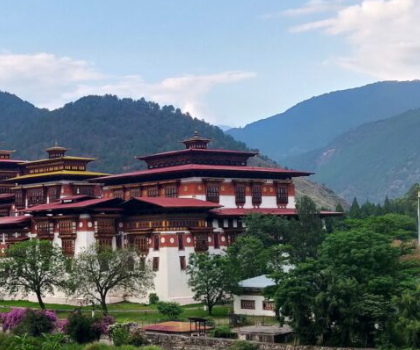
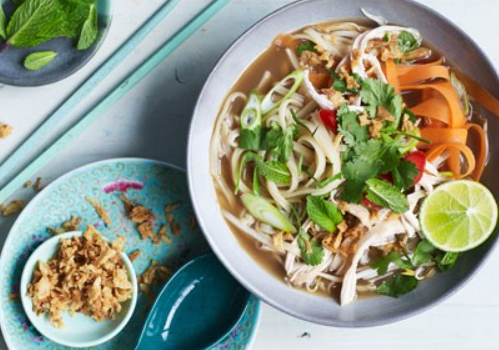
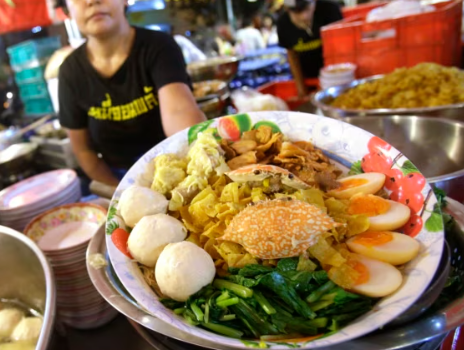

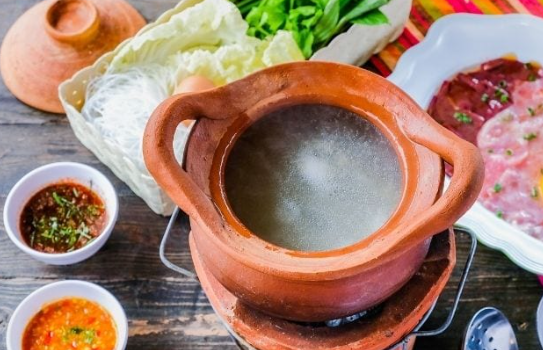

Comments